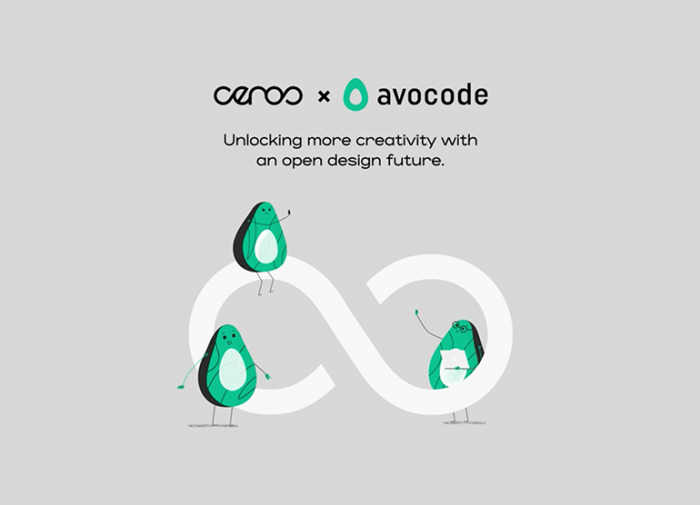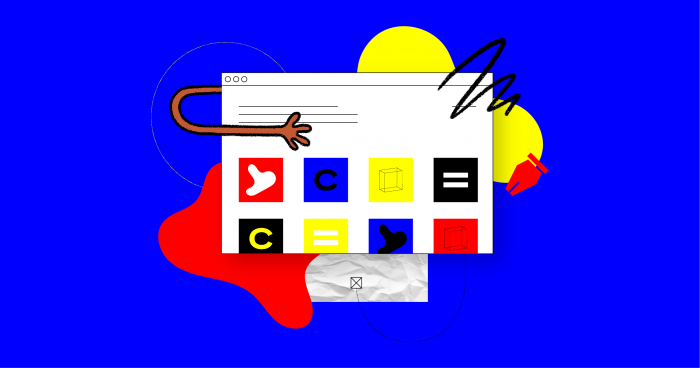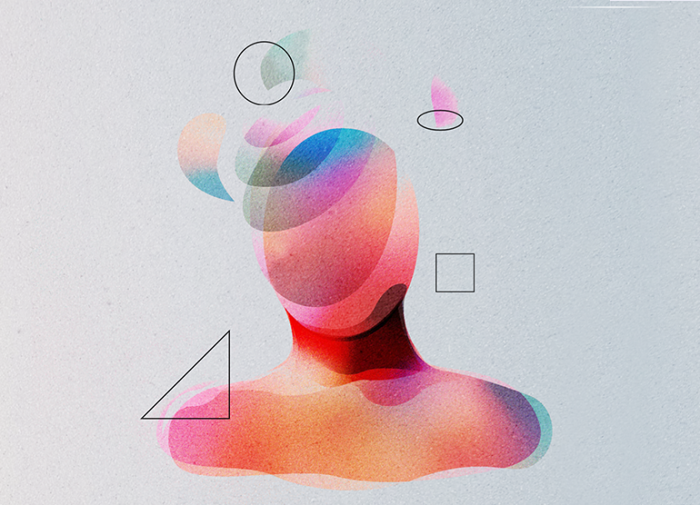The landscape of file formats is expansive and confusing. There are different standardized building blocks to create digital design assets—SVGs, JPEGs, PNGs, and so on. The world is becoming more standardized on this level, and that’s a positive for designers. But the choices that a designer might make regarding the tools they use to assemble and combine their creative assets currently locks them into a specific file format.
Navigating between different formats means using a handful of different programs and constantly reformatting, downloading, and exporting assets. The siloed design file formats also make it difficult to share designs to an individual that uses different tools. This whole process is at odds with 21st century design. And it’s a terrible distraction from the thing that designers should be doing: designing! There’s nothing creative or inspiring about exporting files.
Ceros sees a future that increases flexibility and decreases headaches—one that promotes cross-platform collaboration and boosts creativity. This “open design future” consists of an ecosystem of tools that works together in harmony, giving the designer more power by knocking down barriers that currently inhibit their processes.
A designer can find themselves working for hours in a tool like Photoshop creating a sleek, sophisticated piece. But to move the design into another tool to add effects like animation, they often have to spend hours deconstructing it back to its core building blocks and then rebuilding it in the second tool. In a future with universal file formats, that platform migration would be totally seamless.
What other effects of a freer world might a future graphic designer feel?
Why are there different file formats?
But first, let’s explore why these different file formats even exist in the first place, starting with those building blocks we listed above. Simply put, these various file formats each have various strengths and weaknesses. Some are larger, and thus best for high-resolution uses; some are best when you can only afford a smaller asset; some are compatible with motion and animation, while others are flat and static. And again, these files generally work well across different design tools.
It’s important to note that there’s a difference between these building blocks and the custom file formats—the outputs from tools like Photoshop, XD, or Figma—that come in the next step of the design process. These file formats are usually proprietary and optimized for the key purpose of their respective tools (like PSD for Photoshop). While the building blocks are universally used across tools, the custom file formats limit the cross platform design and collaboration process.
What Do We Mean by “Universal File Format”?
Currently, a “universal file format” doesn’t exist. But in the future, a new format for design files might be platform-agnostic, retaining all the important properties of the original file (like layers, fonts, and so on). Design files could be converted into this format, at which point they could be viewed, shared, and potentially edited. Afterwards, the file could be converted back into any of the support design file types. The ultimate goal of a universal file format is to allow for a seamless conversion of custom file formats across different tools in the digital creation ecosystem.
What an Open-Platform Means for Creatives
We see a future without walls for digital design, and that’s a big part of the reason why Ceros bought Avocode, a design file translation tool. Avocode was already integrated into the Ceros Studio, allowing users to quickly, easily translate and import files like PSDs into the platform.
And so what might that future look like for an individual designer? Simply put, an open future would allow designers to use and share their designs freely across different tools and platforms, unlocking a more seamless creative workflow. A few potential scenarios help to elaborate on the future that we see:
Imagine a designer that’s working on a template design in Figma, and they want to share it with some key stakeholders at their company. In an open-design future, the open file would be totally accessible to each recipient, whether their preferred design tool is Sketch or XD or Photoshop.
Consider also a group of designers that might be working on a project in Photoshop and Ceros. In the future, they’ll instantly import that static Photoshop file, having access to all the layers and components in Ceros. WIthin minutes, they can add animations and interactivity and publish their interactive design directly to the web.
Finally, a design team might use the universal design format to centralize their key design components in a style guide, allowing them to bring those assets into any tool that is needed for the specific design taks. That means brand consistency and quicker turnaround times.



